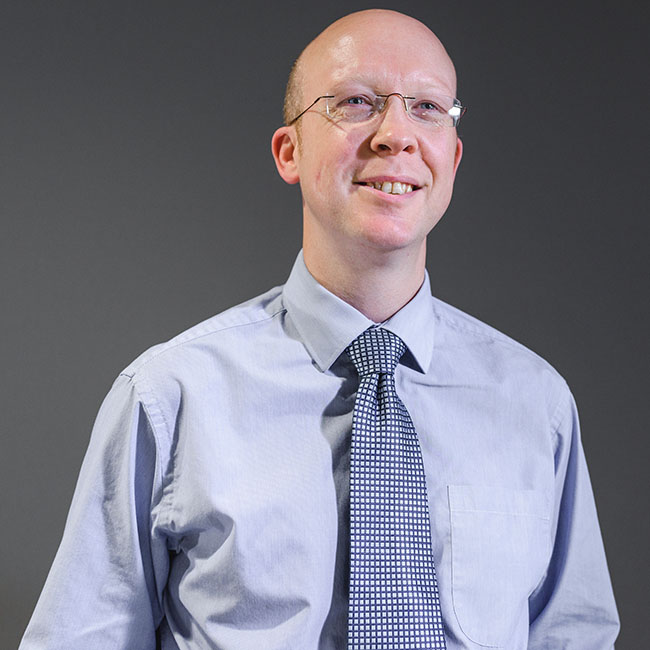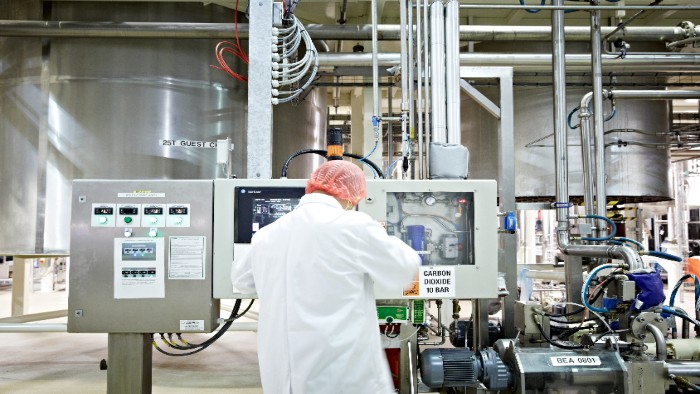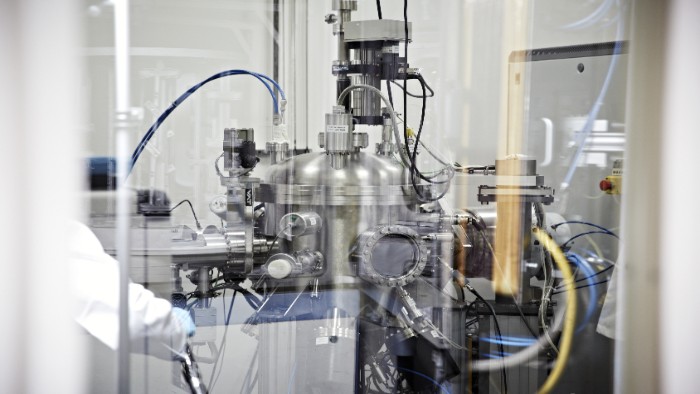Around 75% of the materials in the UK are made by one of six key industries — known as the foundation industries. They involve the manufacture of glass, ceramics, metals, paper, bulk chemicals, and cement.
If the UK is to meet its targets for net zero carbon emissions, these key industries need to make changes to how they operate.
Over the last few years, I have been working with industry on a new insulating fibre used in high-temperature furnaces which is making manufacturing safer and more efficient.
Now I’m involved in a national effort to further decarbonise the foundation industries and meet our net zero targets.
The need for new insulation
Many manufacturing processes involve a furnace — a box in which material can be heated to very high temperatures. These furnaces need to be insulated to ensure that heat isn’t lost through their walls.
This insulation is similar in principle to that found in attics or cavity wall insulation in homes across the country. But furnaces require specialist insulation materials that can withstand temperatures of well over 1000C without melting or disintegrating.
For many years, the standard insulation material was something called RCF — refractory crystalline fibre. But in 2017, the European Union classified these materials as a class 1B carcinogen — meaning it could cause cancer in people who work with it and breathe in its fibres.
Like asbestos before it, RCF materials began to be phased out. Although not banned outright, the additional health and safety measures required to work with RCF meant that it became expensive to use, requiring longer shutdown periods when replacing the fibres.
A new fibre for furnaces
In 2014 I was approached by a company called Morgan Advanced Materials, who were working on a new material for furnace insulation.
Superwool XTRA does the same job as RCF, but it is biosoluble. This means that fibres inhaled by workers dissolve in the body rather than staying and potentially causing ill health. It’s a similar technology to that used in toothpaste for sensitive teeth.
Morgan asked me to conduct the first comprehensive tests on their new material. My research uncovered a serious problem — under sustained exposure to high temperatures, Superwool disintegrated.
This was catastrophic for the company. It meant their product could not be sold.
And so we began working together to resolve it.





